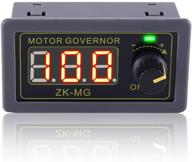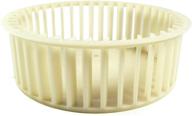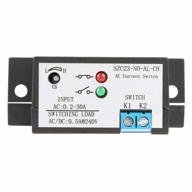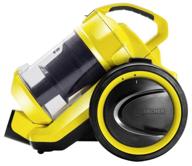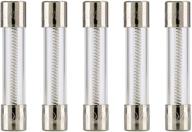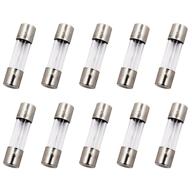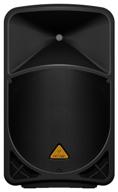
Review on DROK Controller Regulator Industrial Optocoupler by Fritz Wiest

Impeccable performance. Highly recommended! Here's some help to get you started
This unit is perfect for my application with a pair of 2-3A DC motors and is way more than it's cost. I need frequent changes of direction and large transients, but the board stays cool and doesn't need a heatsink. The connectors have screw terminals and detachable snap connectors which are excellent. The documentation looks fine on glossy paper but needs some clarification. Here are some tips and an Arduino test setup: 1) This dual H-bridge can drive two motors independently. Miscellaneous. 2) Each motor can run forward, reverse, brake, full speed forward and full speed reverse. 3) Categories of inputs (you provide them) for the board: Used to drive both motors. Read the instructions for voltage, current, peak current, fuses, etc. b) Motor A control logic c) Motor B control logic d) The 5V power supply that you feed to the board for its very low current logic processing etc. 4 ) For your main power supply you need a reliable power supply. I use a 10 amp charger. 5) You need to apply 5V to the board. The board has 5v (and ground) pins for each motor, but you only need to provide 5v and ground on one set of pins. 6) Each motor requires three 5V logic inputs. For engine #1 they are labeled IN1, IN2 and ENA1.7. The two pins labeled IN1 and IN2 are powered HIGH or LOW by any two GPIO (Arduino) pins to control motor mode such as forward, reverse and brake. See the control logic table in the manual. 8) REQUIRED output labeled ENA1! PWM output from Arudino. They SHOULD NOT supply a constant voltage from something like a potentiometer or DAC output. 9) Here is a basic test setup for the Arduino UNO if you need it: connect 5v and ground to the H-bridge, connect the main power, connect the motor(s), for this test you only need Motor A. Connect the Ardunio pin 2 -> H-bridge contact IN1. Connect Ardunio 3 pin -> ENA H bridge pin. ; pinMode(3, OUTPUT); pinMode(4, OUTPUT); } void loop() { digitalWrite(2, LOW); //forwarddigitalWrite(4, HIGH); //forwardanalogRecord(3, 178); // Pin 3 is PWM, 178/255 = (approx) 70% speed. Maximum 255.delay(1500);digitalWrite(2, HIGH); //reversedigitalWrite(4, LOW); // reverse analog notation(3, 76); // Pin 3 is PWM, 76/255 = (approx) 30% speed. Maximum 255.delay(3000);} Hope this helps you get started.
- Motor Speed Controller
- Hide


